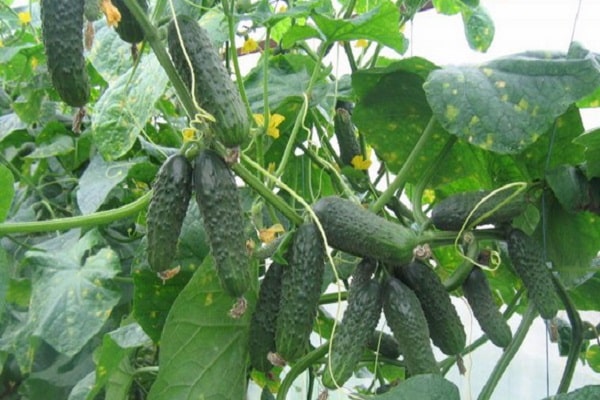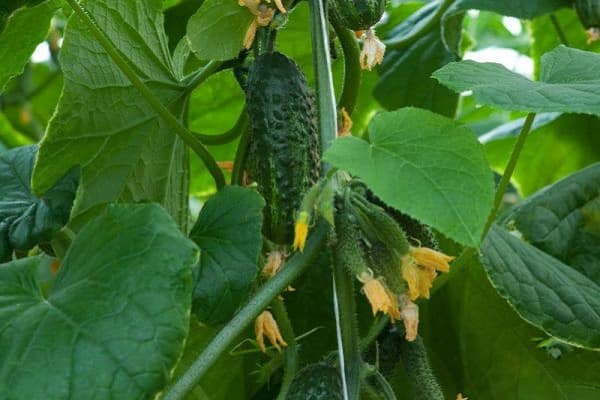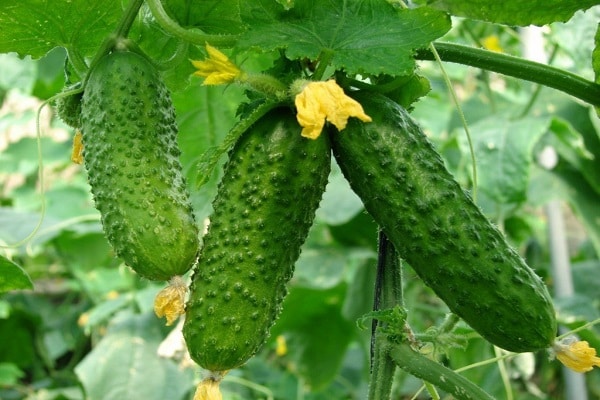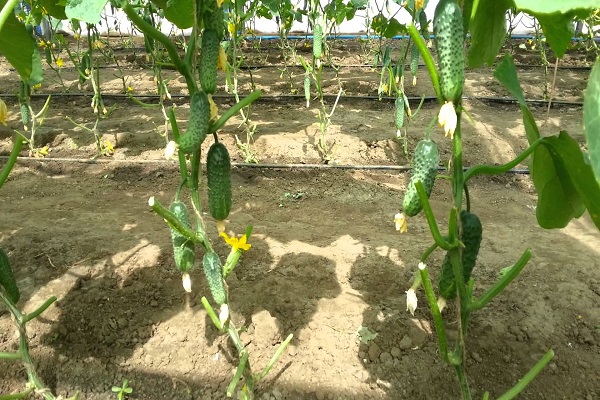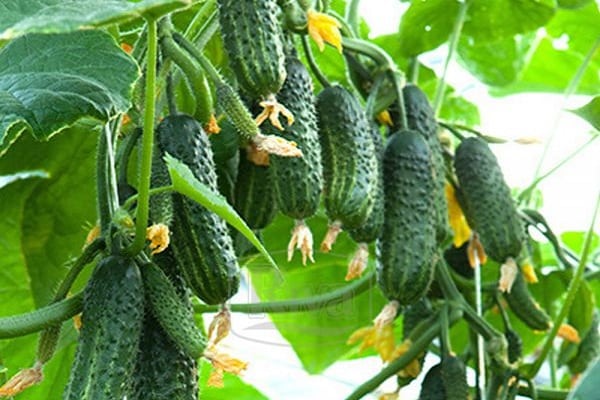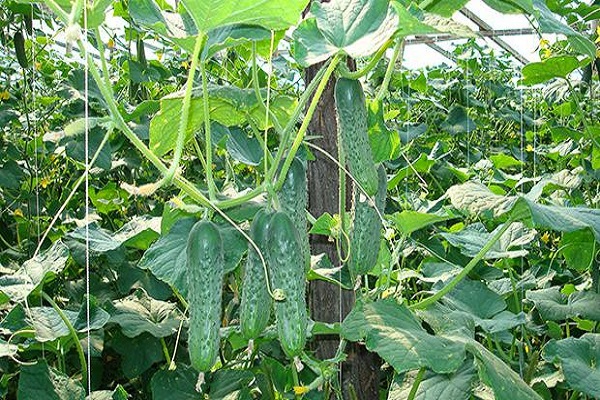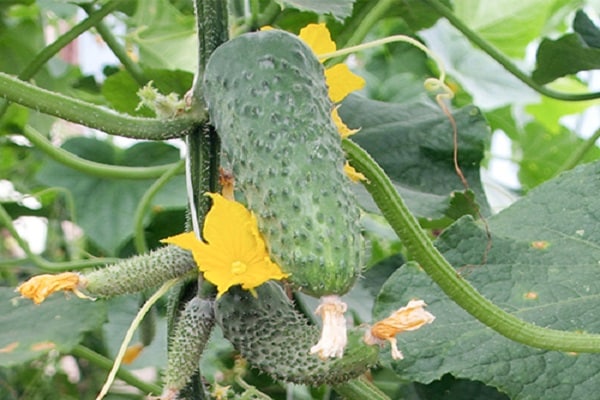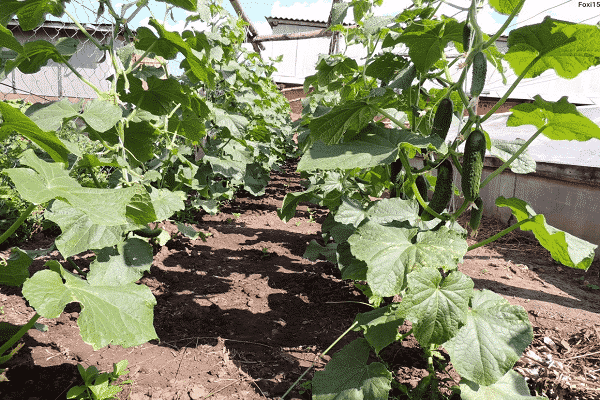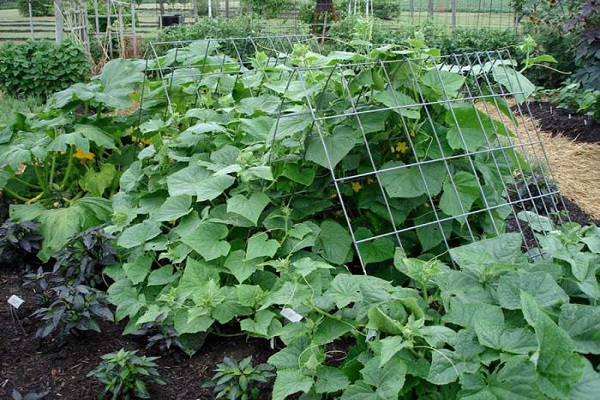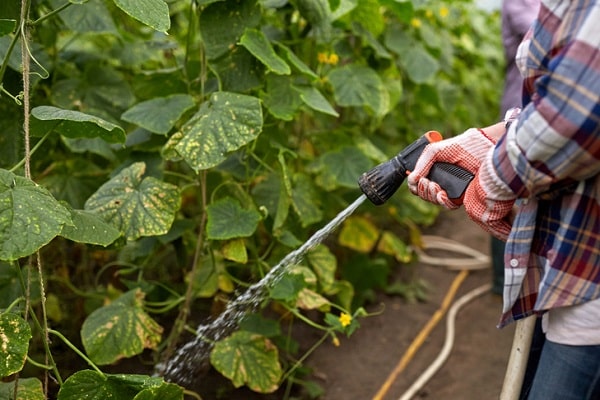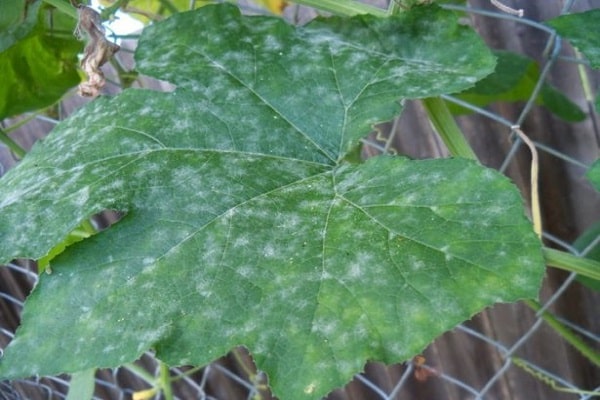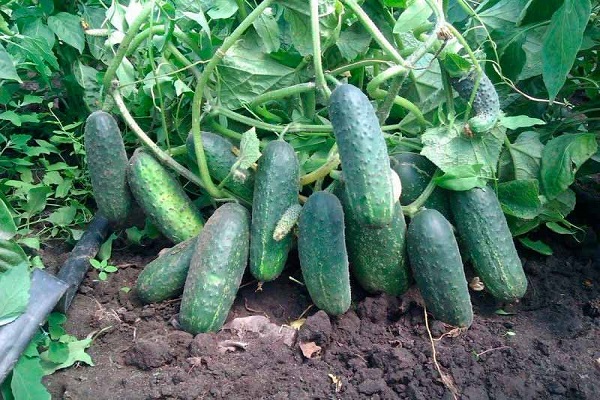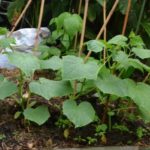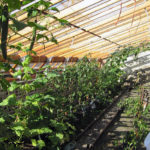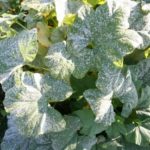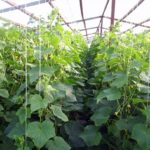Through the efforts of breeders from the Dutch company Syngenta Seeds, a new hybrid of cucumbers, Ecole f1, launched on our market in 2011. The variety quickly became familiar to gardeners and gained popularity.
Miniature, crisp, dark green cucumbers perform well in canned food and fresh salads. The pulp is juicy, without voids, bitter taste is genetically excluded. The manufacturer gives a description of the Ecole f1 variety, characterizing it as:
- early ripening;
- resistant to temperature changes;
- parthenocarpic;
- weak branching;
- high-yielding;
- not bitter;
- disease resistant;
- gherkin;
- crispy and juicy;
- suitable for protected and open ground;
Growing
As a result of the work of breeders, even in a small area, subject to agrotechnical recommendations, it is possible to obtain a large, stable harvest of Ecole f1 cucumbers throughout the summer.
Seedling
The seeds of the hybrid cucumber Ekol f1 have excellent germination. But you can play it safe, soak and germinate first.
To form a developed root system of cucumbers, seedlings are planted individually in containers with a volume of 400-500 ml. Peat cups are ideal, since you do not need to remove the plant from them, damaging the root. If cucumber seedlings are grown in plastic containers, the earthen ball is released very carefully, trying not to disturb the integrity at all. Otherwise, the plant will pause its development until the root recovers.
Soil mixture for seedlings
The soil mixture for planting cucumber seeds is prepared to be nutritious, light and loose. Crushed peat, rotted sawdust, and humus are mixed in equal parts. For 10 liters of such soil add 200 g of ash, 1 teaspoon each of superphosphate, urea and potassium sulfate. This soil will cover the plant's nutrient needs for the first 2-3 weeks.
Temperature
Cucumbers should germinate at a temperature of 25 ℃ under film. After 3-4 days, the film is removed and the seedlings are provided with a lower temperature, about 20-21 ℃. This will allow the roots of the plant to develop and the stems not to stretch out. Daylight hours are artificially extended using lighting. Water the cucumber seedlings with warm water, preventing the earthen ball from drying out.
At the age of two weeks, seedlings begin to harden. For another 7-10 days, Ecole f1 cucumbers are taken out into the fresh air during the day for 30-40 minutes.And the room temperature is reduced to 15-16 ℃.
At three weeks of age, the plants should produce 3-4 true leaves and reach a height of about 20 cm. Now the hybrid seedlings are ready to move to a permanent location.
Bush formation
For the Ecole f1 cucumber variety, it is not necessary to bury the plant when planting seedlings in the ground. In northern regions, this can even reduce yields. The earthen lump with roots is carefully, without disturbing the integrity, transferred to a hole of the required size and immediately watered with warm water.
The first flowers of the hybrid will have to be sacrificed; before 5-6 leaves appear, the ovary must be removed. The plant is not yet ready for full fruiting and the cucumber stems will stop growing until the early ovary ripens.
Yellowed leaves are constantly being torn off. This renews the plant and stimulates fruiting.
The ovary of Ecole f1 is laid in bunches of 3-7 pieces, it does not need to be thinned out, the bush can pour several cucumbers at once.
Tying to trellises
Hybrid cucumbers develop best on trellises. Tying allows you to place up to 5 roots per 1 square. M. without shading. There is no point in planting any more. Plants will interfere with each other, ventilation will be disrupted, fungi and other diseases will appear. Without tying, the cucumber crop runs the risk of breaking the thin vines or rotting in wet soil.
The stem of the hybrid is not genetically limited in growth, therefore, when it reaches the top of the trellis at a height of 1.5-1.8 m, the growth point is pinched. The side vines grow moderately and usually do not cause any trouble; if desired, you can pinch them off after 3-4 leaves.
Soil and fertilizing
Preparing soil for cucumbers includes adding a large amount of humus, peat, compost, and a little wood ash to the garden soil.
The result should be a loose, light soil mixture rich in organic matter and minerals.
According to the description of Ecole cucumbers, the fruiting period is long, more than two months, the yield is high, so even in prepared soil you cannot do without fertilizing. There should be at least four or five of them, two or three of which occur during the fruiting period. It is necessary to monitor external signs of plant health and, if necessary, increase the amount of fertilizing.
Cucumbers respond well to organic fertilizers. You can add infusions of bird droppings, mullein and nettle. Mineral complex fertilizers consisting of potassium salt, ammonium nitrate and superphosphate are suitable.
Watering
One of the main conditions for a good harvest of Ekol f1 hybrid cucumbers is proper watering. It is not recommended to allow the earthen clod to dry out.
Water the plants with warm water once every two to three days in the morning or evening. On hot days, you need to monitor the condition of the soil. To create a favorable environment for earthworms and avoid loosening, the soil is mulched with peat or sawdust.
Diseases Ecole f1
When choosing a place to plant cucumbers, you need to consider that they grow best after the nightshade family, root vegetables, garlic and onions. If you do not alternate crops on the site for several years in a row, the plants will become infected with the same diseases and pests from year to year.
The “Ekol f1” variety is genetically resistant to serious diseases of cucumbers. It is not damaged by powdery mildew, olive spot, and is not afraid of the cucumber mosaic virus.
With proper crop rotation, proper watering and careful tying to trellises, the risk of disease in the hybrid is very low.
Harvest
Reviews from gardeners about the yield of the Ekol f1 cucumber variety are the most positive, about 18-20 kg per 1 sq. m. Cucumbers ripen crispy and juicy within 40-42 days after germination. It is important not to miss the moment and pick the greens before they are fully ripe. Cucumbers of this variety that have outgrown the gherkin stage very quickly “barrel” and lose their aroma and elasticity.
It is advisable to harvest the Ekol f1 cucumber hybrid at least once every 1-2 days, in the morning or evening, in the form of 5-7 cm pickles. It is better to cut the fruits with scissors without touching the stem. You'll have to wear gloves, the cucumbers are quite spiky. Ecole f1 cucumbers cannot be stored for longer than a week; it is better to preserve freshly picked greens.
Conclusion
The characteristics of the hybrid cucumber Ekol f1 turned out to be quite promising. The variety is not suitable only for “weekend” summer residents. Cucumbers require almost daily harvesting, otherwise they overripe and lose their taste. These Dutch greens are perfect for preserving crispy pickles and on the summer table.

